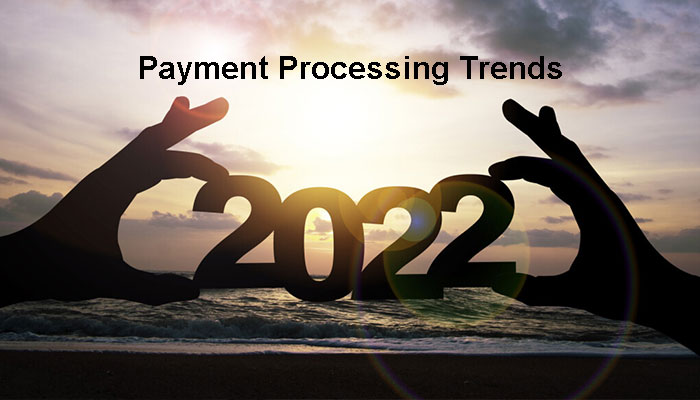In 2012, someone looking through a crystal ball would have found it difficult to accurately predict what would happen in the payments landscape just a decade later. Indeed, the task is challenging even for us people currently living in these tumultuous times. Still, it’s fun and instructive to guess what will happen this year and beyond in the payments processing world.
A continued rise in digital wallet payments
Smartphones are everywhere, and customers are now embracing the safety, convenience, speed, and security of payments they can make with digital wallets on their devices. Why should consumers carry a wallet full of cash and cards when they can conduct business efficiently with their phones? Since security is not sacrificed and convenience is key, this method of purchasing is sure to take over much of the mainstream payments.
Adoption of non-traditional forms of payment
There was a time when cash, checks, and credit cards were the only options at the point of purchase. However, this is no longer the case. Merchant accounts and other payment processing providers now offer point-of-sale equipment equipped to do more. That includes options for recurring payments, buy now, pay later, and even cryptocurrencies. Offering maximum choice and flexibility leads to higher satisfaction and conversion rates, a fact not lost on today’s retailers.
Increased use of AI
Artificial intelligence (AI) has leaped from science fiction books into today’s retail space. In particular, e-commerce retailers are using automated chatbots to augment their human customer service capabilities. While the machines cannot answer all questions or always provide nuanced information, they can serve as the first line of response, sending more complex questions to a human expert to handle.
Increased focus on cybersecurity in the payments arena
As consumers become increasingly comfortable with online shopping, hackers seize new opportunities for exploitation. By 2022, cybersecurity companies will bring out a full armada of the most advanced anti-hacker technologies, including data analytics, machine learning, artificial intelligence, and cloud-based applications. In addition, there will surely be an increase in the strength of federal regulations to combat ransomware, viruses, and denial-of-service attacks mounted by private and state-sponsored criminal actors.
An ongoing discussion on central bank digital currency (CBDC)
While cryptocurrency appeals to a certain segment of the population, most consumers are more risk-averse and are reluctant to jump on the bandwagon of such a volatile star. In contrast, a stable dollar digital currency or CBDC backed by the same strong blockchain technology that underpins Bitcoin and its ilk, the proposed CBDC could be exchanged between individuals or businesses around the world instantly and securely. With government backing, it would be reliable and stable, allowing it to bypass costly credit card fees. What remains is for the federal government to turn its bureaucratic wheels to work out the details and make it happen. While this will not fully happen in 2022, discussions continue.
As the trends above demonstrate, there is nothing static about today’s payments landscape. Whether a business owner or consumer, the next few months are sure to bring incremental and fast-moving transformations – we can’t wait to see what’s next!

